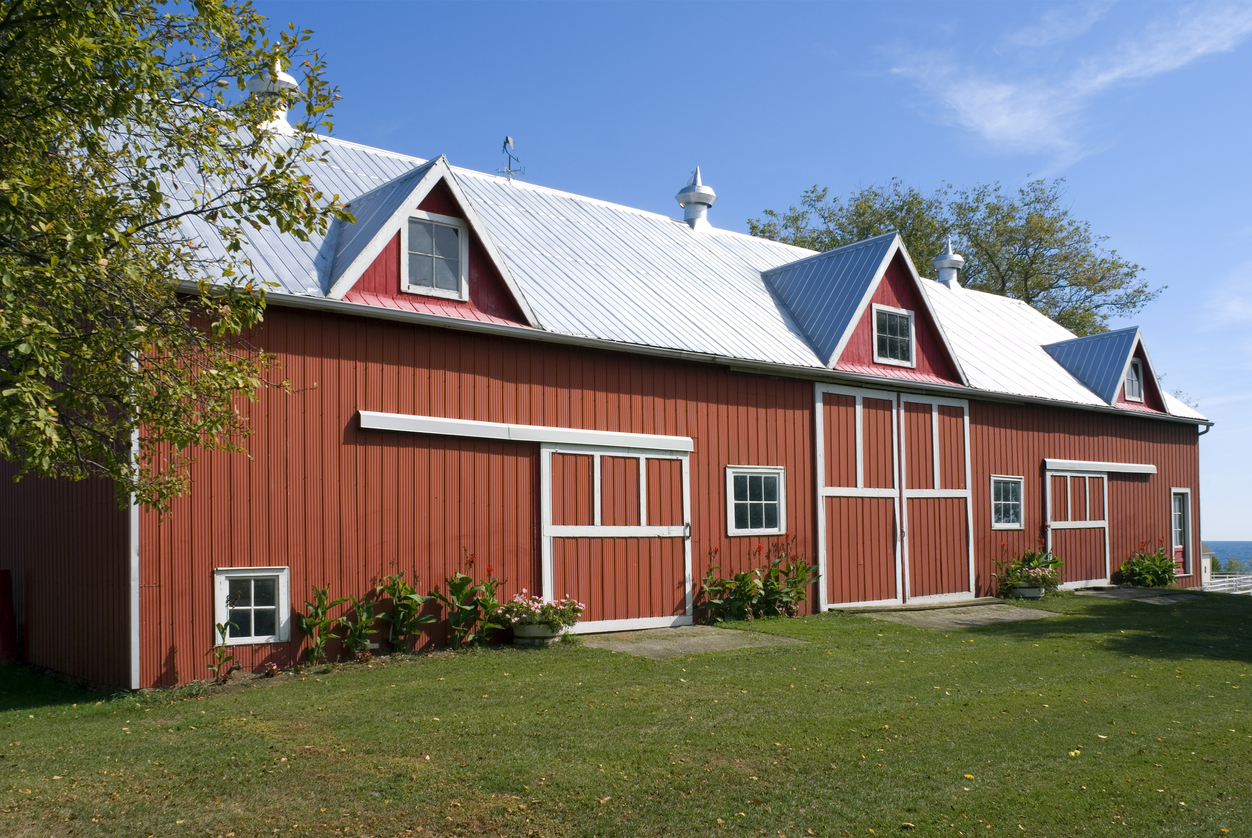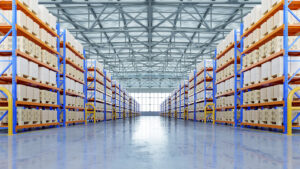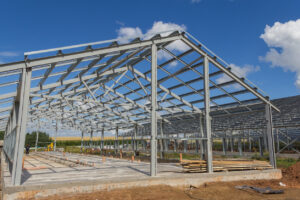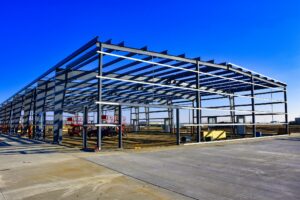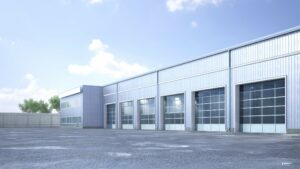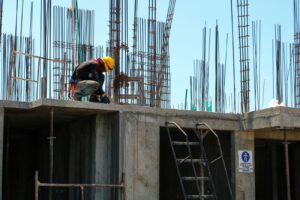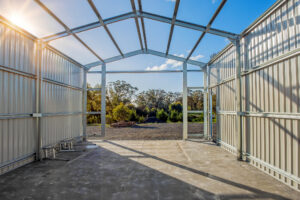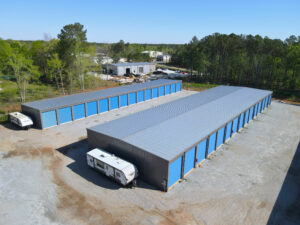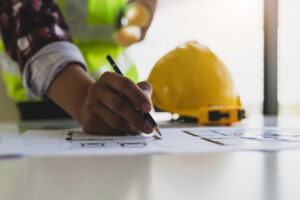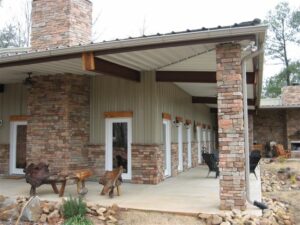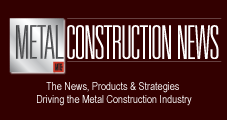One of the most common types of off-site constructed structures is referred to as “prefabricated steel buildings,” or prefab steel buildings. To fully understand prefabricated structures, it’s essential to first understand what the phrase prefabrication means.
What Does Prefabrication Mean?
Prefabrication, or for short, prefab, is the term used to describe a structure that is built in parts off-site to allow for rapid and easy assembly on-site. The sections are prefabricated in a factory or a factory-like environment. After that, the pre-fabricated pieces are brought to the building site and put together. In a nutshell, “prefab” is an acronym for “prefabrication.” When a steel structure is labeled “prefab,” it signifies that the frame’s structural components have been pre-engineered, planned, cut, drilled, and painted before being shipped and delivered for on-site assembly.
Why Prefab Steel Metal Buildings Are the Most Efficient Way to Build
There are various advantages of using prefabricated steel in construction that make it the most efficient way to build.
Time and Money-Saving
Prefab steel metal buildings are made to the exact specifications of the purchaser or designer at the factory. Each building is meant to be simple to assemble, reducing wastage of raw materials. Steel, unlike wood, can be cut to very precise measurements so that each piece fits together almost perfectly. Site work, such as foundation installation and preparation, can be done at the same time as the structure is being built. When the structure is finished, it is sent to the project site with all of the necessary materials. While specialized work is still required, the installation time is greatly reduced compared to if all fabrication was done in the field. Construction timelines are shorter, which means cheaper labor costs and a faster return on investment.
Durability and Reliability
Prefabricated steel structures are now created using automated technology and methods such as 3-D modeling at the factory. These high-tech, quality control techniques guarantee that the materials used have the best possible strength-to-weight ratio, are compliant with national steel building norms, and fulfill all of the project’s construction requirements. Prefab steel is also more predictable and less subject to site-to-site variances as a result of the prefab process.
Customizability
Steel can be made into whatever structure that may be needed. The material lends itself to being formed and shaped under the right fabrication conditions. Steel is perfect for industrial buildings, retail buildings, places of worship, storage units, and even residences, since it can be constructed to blend in with the surroundings or stand out as a work of art. Steel construction producers can now create panels with the textures, colors, and forms of other materials while yet maintaining the steel’s strength. If additional space is needed in the future, a steel frame may simply be enlarged and added to, by adding or removing inner walls, altering frame openings, and even adding floors.
Sustainability
Steel is the greenest building material available, because of its ability to be re-used time and time again. It is, in fact, completely recyclable. Also, during the construction process or in the case of a fire, steel does not emit harmful vapors. Furthermore, prefabricated structures can be easily fitted with insulation, as well as environmentally-friendly windows, doors and more.
Foundation
Making a foundation for a traditional building can be cost-prohibitive and complex. With prefab steel metal buildings, even more efficiencies become apparent. Generally speaking, the following are the most common foundation choices to decide upon. Your prefab steel metal building representative, engineer or architect can assist you with making the best foundation choice.
Floating Foundation
One of the most common foundation choices for prefab steel metal buildings is the floating foundation. This type of foundation doesn’t require as much time or digging as some other foundation types, and it largely dependent upon the compaction level of the soil on which it will be built.
Grade Beam, Pier and Footing Foundations
Slightly more expensive, grade beam, pier and footing foundations are still a popular choice because they resist shifting, and are ideal for certain specific types of building uses, such as agricultural buildings, or in areas where wind damage is frequently experienced.
No matter where you live in the Covington, Georgia area, you’ll find that prefab steel metal buildings meet your needs. They are the most efficient way to build, no matter how you look at it, and no matter what the usage for the building will be. They are ideal for pool areas, poultry and farm animal shelters, workshops, hobby farms, industrial building needs, retail space and much, much more. To learn about how prefab steel metal buildings can save you time, money and effort, contact us today.








